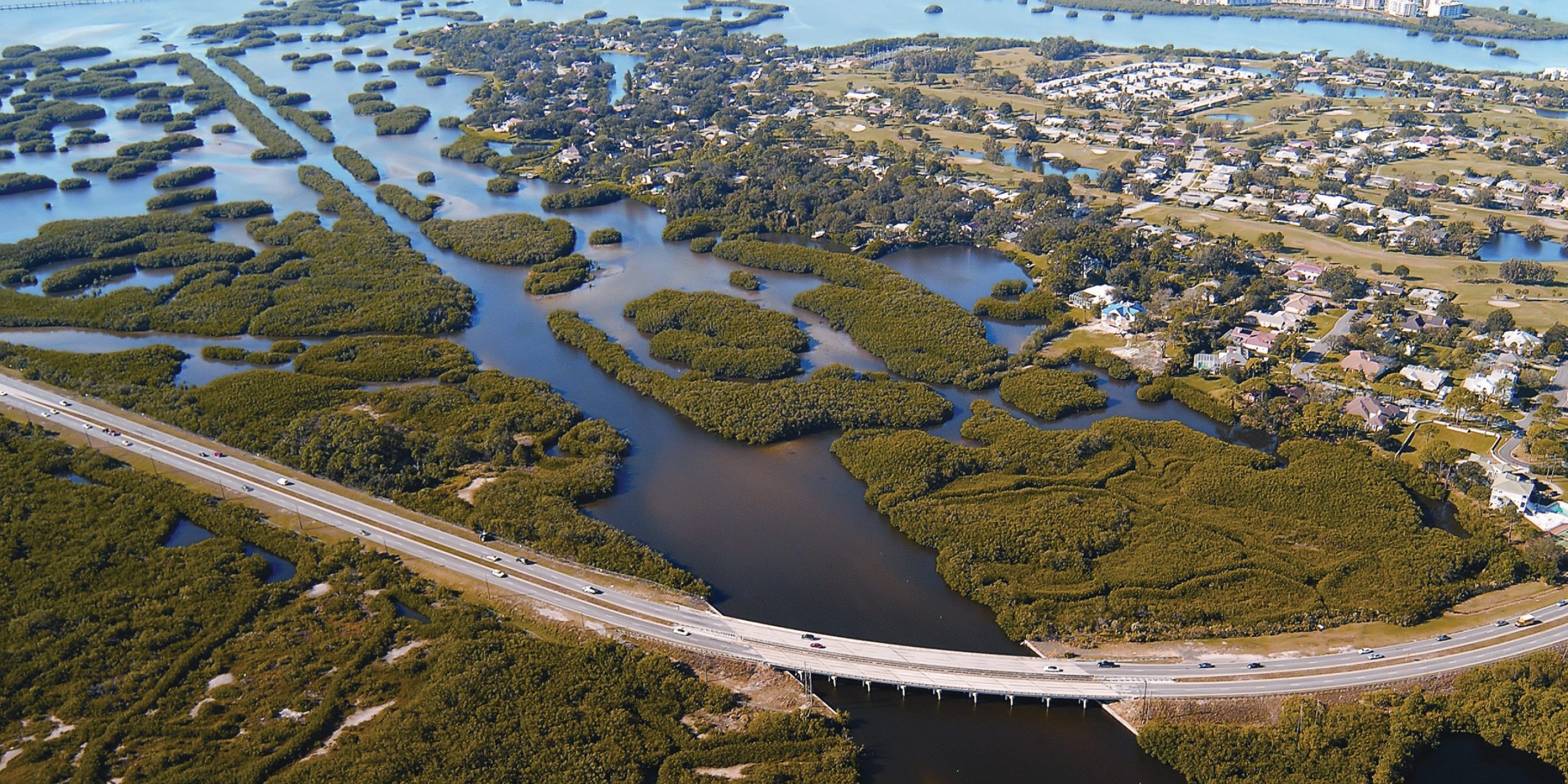

A new paper by Lindeman et. al—supported by the Climate Program Office—performed a synthesis of science needs from coastal communities by reporting on workshops held in Florida, North Carolina, and Massachusetts. The paper, “Science Needs for Sea-Level Adaptation Planning: Comparisons among Three U.S. Atlantic Coastal Regions,” was published online in the journal of Coastal Management on October 14, 2015.
These workshops, which were conducted in the summer of 2012, comprised more than 100 attendees from five stakeholder groups: federal and state governments, local governments, universities, businesses, and nongovernmental organizations. Researchers used text analysis in order to discern content most frequently discussed during the meetings’ breakout groups. Groups identified five themes as priority topics. analytic tools, communications, land use, ecosystem management, and economics.


Interventions to improve coastal resilience require sound scientific information that is at the right scale and complexity level and is readily accessible by all stakeholders. In many communities, coastal resilience planning has not formally begun, so stakeholders requested advanced prediction tools but also simple messaging. The workshop attendees sought the advanced prediction tools to benefit current and future land use planning but also recognized that simple communications practices were necessary for decision makers facing politically challenging and complex planning questions. In fact, the phrase “simple messaging” appeared with the highest frequency among the breakout groups.


“In the face of this continued coastal growth, the complicated processes underpinning sea level rise projections create challenges in attempting to scale and integrate complex information from the geophysical sciences into adaptation planning at community and regional scales,” wrote the authors.
To access a full version of this paper, visit: http://www.tandfonline.com/doi/abs/10.1080/08920753.2015.1075282?journalCode=ucmg20
The workshops and analysis were a component of NOAA Climate Program Office Award NA11OAR43101, Advanced Regional & Decadal Predictions of Coastal Inundation for the U.S. Atlantic & Gulf Coasts awarded to Ben Horton (Department of Marine and Coastal Sciences, Rutgers). This assessment of science needs feeds directly into CPO programs to inform our research priorities and competitions.


Climate Program Office
Advancing scientific understanding of climate, improving society’s ability to plan and respond




Climate Program Office
Advancing scientific understanding of climate, improving society’s ability to plan and respond
Scroll to Top

